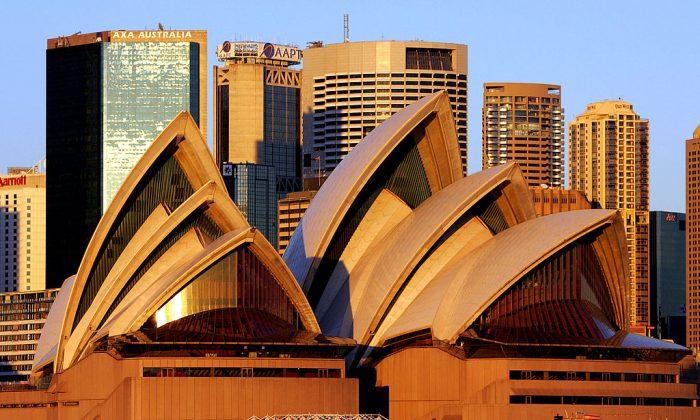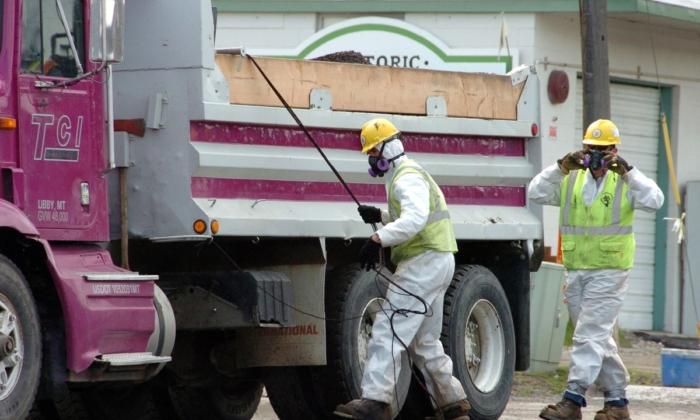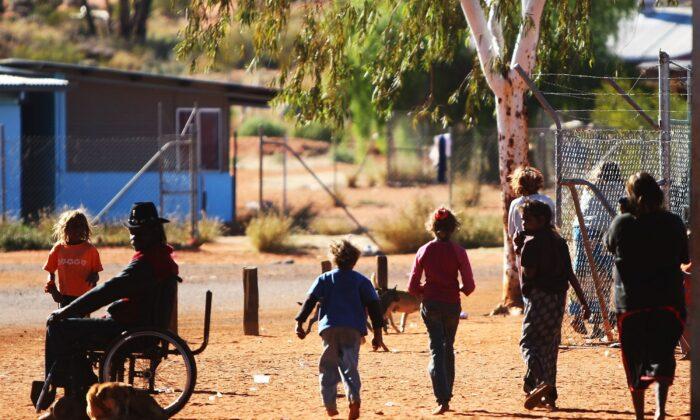Australia’s hospitality and arts sectors might not return to their pre-coronavirus state until 2026, economists have predicted.
Deloitte Access Economics’ latest employment forecast, released on May 20, sets out just how long the recovery from the crisis could be.
Hospitality and the arts and entertainment sectors have been the hardest hit by shutdowns and government restrictions to control the virus.
Tuesday’s Australian Bureau of Statistics data showed more than a quarter of hospitality jobs have been lost since mid-March and about one in five arts sector positions.
Deloitte partner David Rumbens says these sectors may take five or six years to recover all the job losses.
On the other hand, media, telecommunications, education and property services will probably bounce back by the end of 2021.
Overall, blue-collar sectors will see bigger job losses and take about 18 months longer to recover than white-collar sectors.
The report highlights data showing total hours spent in workplaces is less than half of what would be expected without the COVID-19 restrictions.
The emptying out of the nation’s CBDs has a flow-on effect for other businesses like cafes and shops.
Retail trading dropped by more than 17 per cent in April, preliminary figures released by the ABS on Wednesday show.
After unprecedented rises in grocery spending in March, the falls in April were seen across the board.
However, while panic buying in supermarkets eased, spending on groceries was still higher than a year ago.
The news was dismal elsewhere, with stores selling clothing and shoes, and cafes and restaurants, all reporting half the turnover of April 2019.
Rumbens expects the majority of workers to return to their usual work locations by the end of the year.
But he notes the COVID-19 emergency has given employers and employees the chance to see how working remotely can be done.
“At least during the period that we continue to live with COVID - prior to a vaccine for example - it is likely that the tendency to work from home will remain above pre-crisis levels,” he says.
The decades-long trend towards small offices with people packed in more tightly space will probably be abandoned but offices won’t be ditched completely.
“Both employers and employees recognise the advantages of in-person collaboration and the wellbeing benefits of social interaction with colleagues more generally, especially after months of social distancing and isolation,” Rumbens said.






Friends Read Free